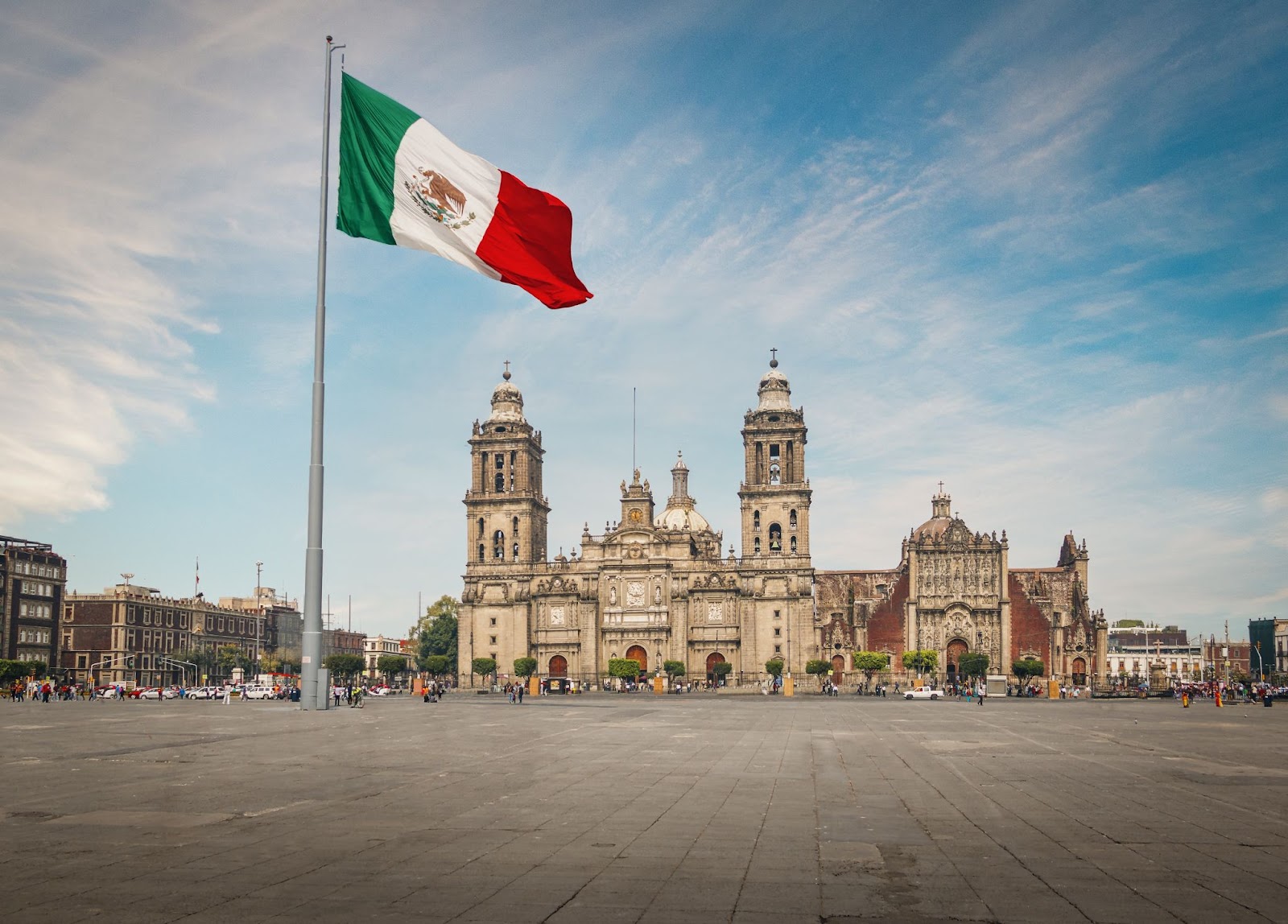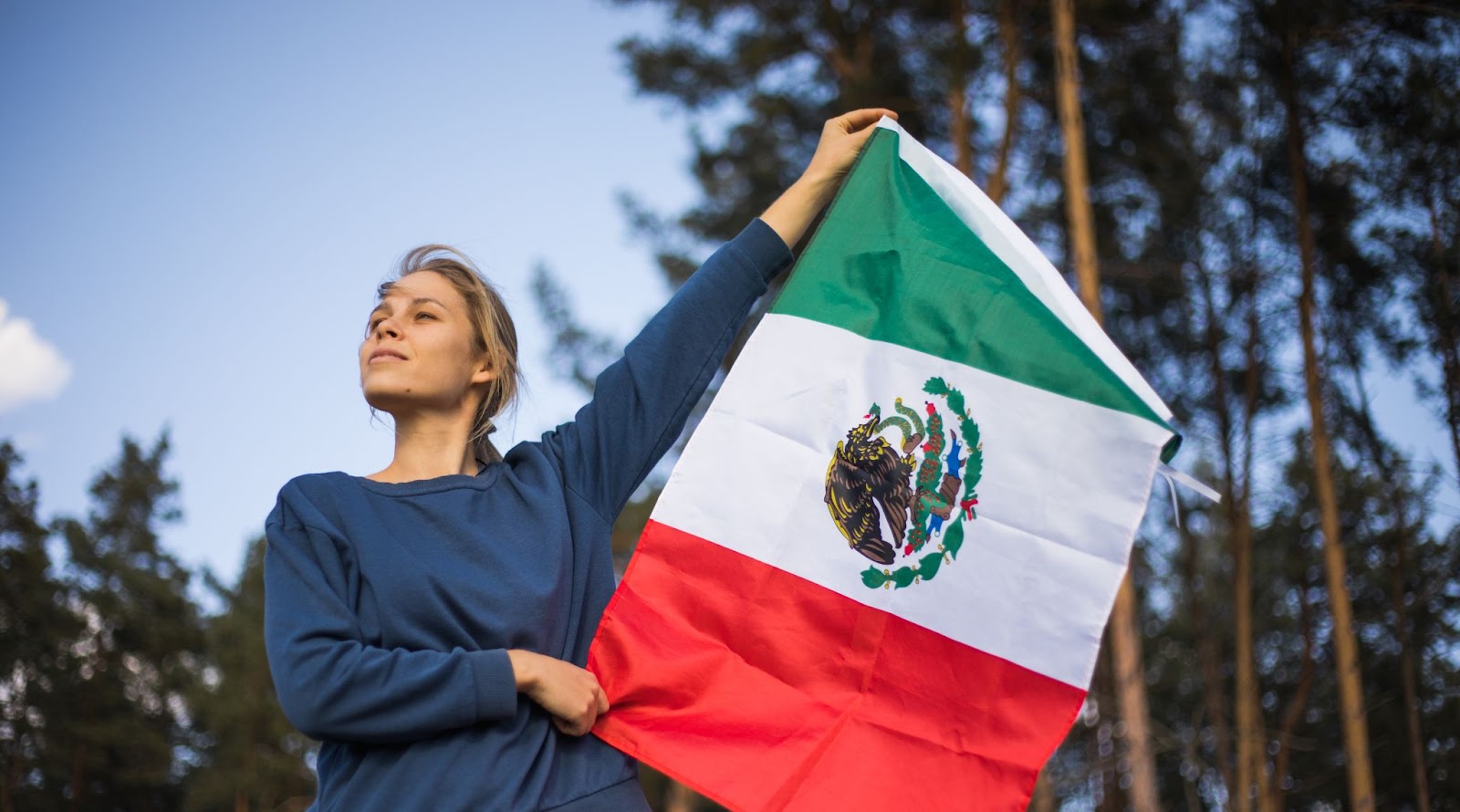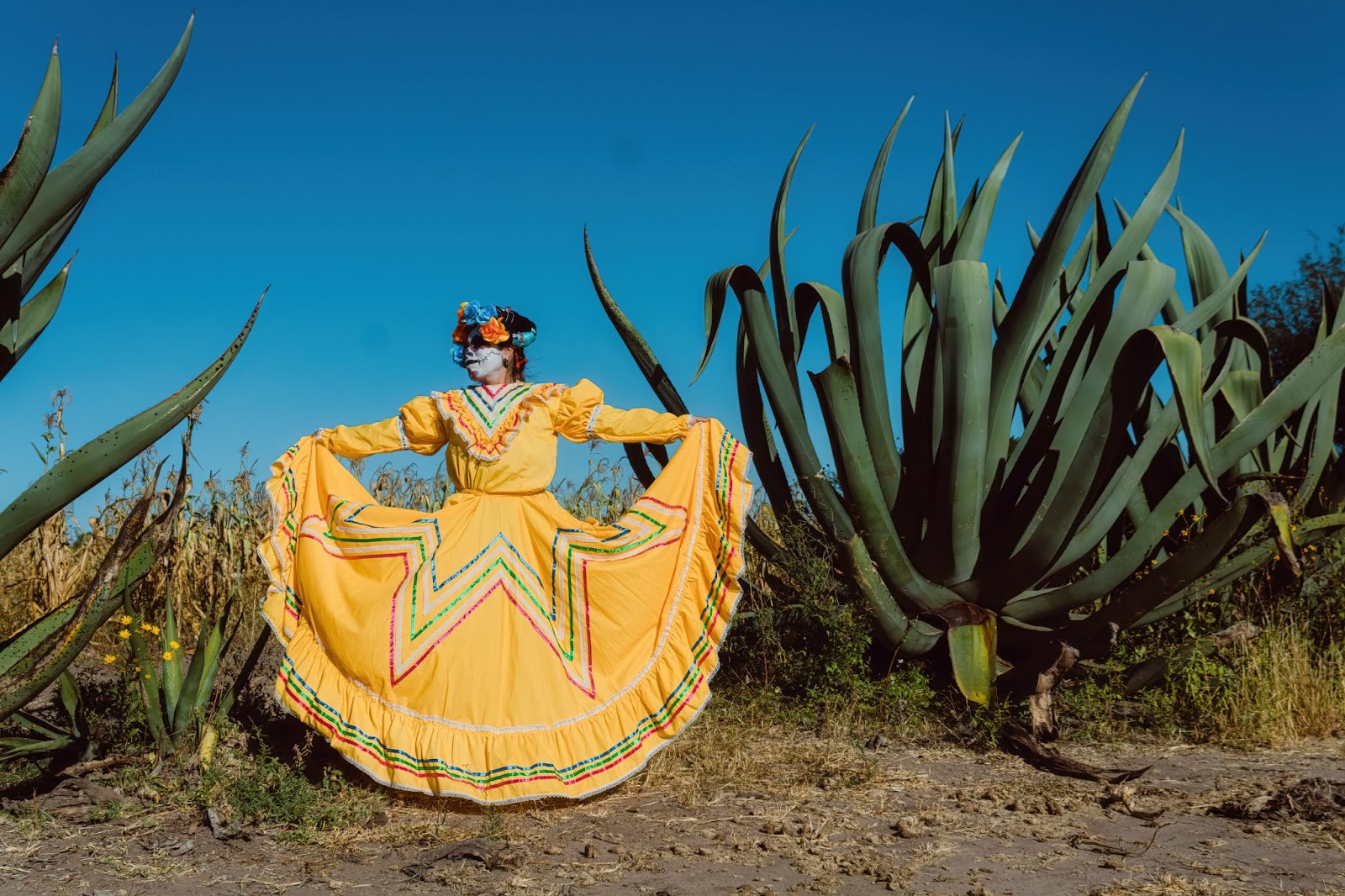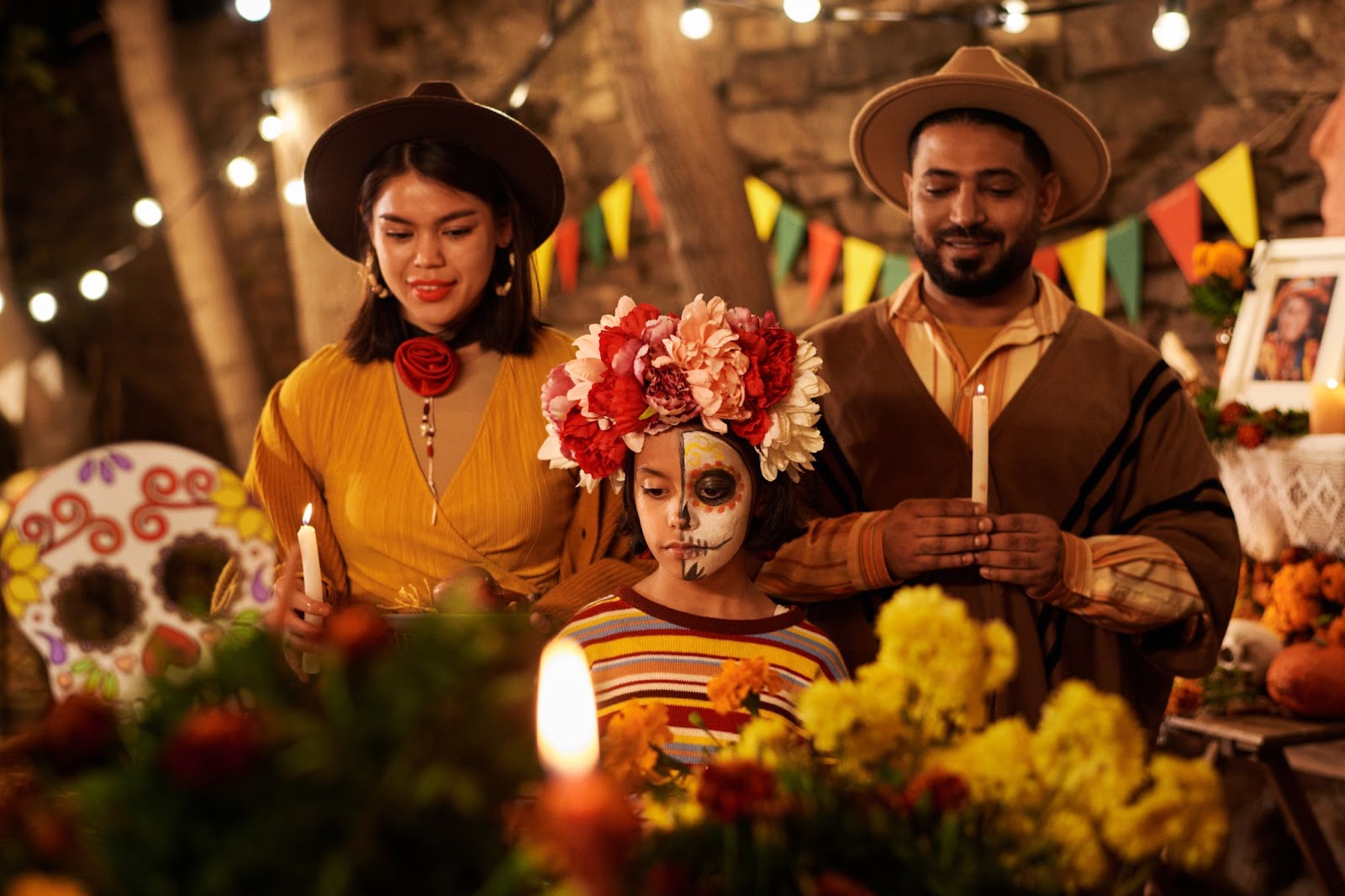
Mexico language is a fascinating blend of history, culture, and diversity. Although most people speak Spanish, Mexico is home to 68 officially recognized indigenous languages, which are further subdivided into 364 linguistic variants. These languages, which include Mixtec, Nahuatl, and Yucatec Maya, represent centuries of cultural identity and tradition.
Understanding Mexico language offers a unique perspective into the country’s rich heritage. Spanish in Mexico has been deeply influenced by indigenous languages, with words like "chocolate" and "tomato" originating from Nahuatl. At the same time, cultural and educational initiatives are being used to preserve indigenous languages. In addition to enhancing Mexico's identity, this linguistic diversity offers tourists and linguists studying its dynamic culture priceless insights.
Key tips box
| Spanish is Mexico's main language, spoken by over 94% of the population. 68 indigenous languages are recognized, including Nahuatl and Yucatec Maya. Mexico has over 300 dialects, with efforts to preserve endangered languages. |
Mexico's official language is Spanish, which its historical and cultural development has influenced. Beginning in 1519, when conquistadors arrived and imposed their language through governance, religion, and education, Spanish emerged as the most widely used language during the colonial era. By establishing schools and utilizing Spanish to teach Christian doctrine, the Catholic Church significantly contributed to the spread of Spanish. Spanish had become the most widely spoken language in Mexico by the time the country attained independence in 1821.
But Spanish is just one aspect of Mexico's linguistic diversity. In addition to Spanish, 68 indigenous languages were acknowledged as national languages by the 2003 General Law of Linguistic Rights, which gave them equal legal standing. Despite being essential to Mexico's cultural legacy, these languages—such as Nahuatl, Mixtec, and Yucatec Maya—face difficulties because of decreasing speaker populations. Many indigenous languages are still endangered, with fewer than 100,000 native speakers for the majority of them, despite initiatives like the establishment of the National Institute of Indigenous Languages (INALI).
| Age | Facts |
| Pre-Colonial Era: Indigenous Linguistic Diversity | Before 1521: Mexico was home to around 13 major cultures, each with its traditions, languages, and histories. Nahuatl emerged as the lingua franca among Indigenous groups, facilitating communication across diverse regions. |
| Nahuatl Variants: Even within Nahuatl, there were numerous dialects spoken across different territories, reflecting the complexity of pre-Hispanic Mexico's linguistic landscape. | |
| 1519-1521: Spanish Conquest | 1519: Hernán Cortés and his small army landed at Veracruz, marking the beginning of Spain’s conquest of Mexico. Spanish was introduced as the language of power and governance. |
| 1521: The fall of Tenochtitlan, the Aztec capital, established Spanish dominance in the region. Indigenous languages were suppressed, but many Nahuatl words were absorbed into Spanish vocabulary (e.g., chocolate, tomate). | |
| 16th Century: Coexistence of Languages | Lingua Francas: During this period, three main languages coexisted—Spanish (language of the conquistadors), Latin (used in science and religion), and Nahuatl (spoken by much of the population). |
| Adaptation: Spanish began incorporating indigenous words for unfamiliar concepts and objects. For example, chilli (Nahuatl) became pimiento in Spanish. | |
| Colonial Era (1521–1821): Spread and Standardization | 1535: The Viceroyalty of New Spain was established, with Mexico City as its capital. Spanish became the official language for administration and education. |
| Indigenous Suppression: Native social institutions were replaced by Spanish systems, and Catholicism was enforced as the state religion. Indigenous languages were marginalized but continued to survive in rural areas. | |
| 19th Century: Independence and Language Evolution | 1821: Mexico gained independence from Spain. While Spanish remained the dominant language, indigenous tongues persisted as part of Mexico’s cultural identity. |
| Regional Dialects: Over time, Mexican Spanish developed unique characteristics influenced by indigenous languages and local slang. Dialects vary significantly between northern, central, and southern regions. | |
| 2003: Recognition of Indigenous Languages | The General Law of Linguistic Rights officially recognized 68 indigenous languages as national languages alongside Spanish. This marked a turning point in efforts to preserve Mexico’s linguistic diversity. |

Mexican Spanish stands out for its unique pronunciation, vocabulary, and regional variations.
Mexican Spanish is renowned for its clear and rhythmic pronunciation, making it one of the most accessible dialects for language learners. Here are the key characteristics:
Mexican Spanish is enriched by indigenous languages like Nahuatl, which have contributed many commonly used words. Here are some examples:
Also, Mexican Spanish is famous for its colorful slang, adding personality to everyday conversations:
Mexican Spanish isn’t just a means of communication—it’s a cultural phenomenon that has shaped Latin America’s identity across various domains:

More than 94% of Mexico's population, or about 120 million people, speak Spanish, making it the country's most common language. It unites the nation's various regions because it is the main language used for government, education, and the media.
Mexico, the world's largest Spanish-speaking country, has influenced how people around the world view the language through its literature, music, and film. Mexican Spanish is distinguished by its distinct vocabulary and pronunciation, which are enhanced by regional variances and indigenous influences.
More than 1.7 million people in central Mexico still speak Nahuatl, the language of the Aztec Empire. Through loanwords that are now used all over the world, such as Chocolate (from xocolatl), Tomate (from tomatl), Coyote (from coyotl), or Guacamole (from ahuacamolli), this language has had a significant influence on Mexican Spanish.
Nahuatl is still a living language that is taught in schools and utilized in everyday life by indigenous communities, making it more than just a linguistic artifact. With media campaigns and cultural events encouraging its use, efforts to preserve Nahuatl have accelerated recently.
About 850,000 people, mostly in the Yucatán Peninsula, speak Yucatec Maya. With roots that go back to at least 200 AD, when Mayan civilization was at its height, it is among Mexico's oldest languages. In addition to its linguistic value, Yucatec Maya is essential to the preservation of Mayan culture through historical writings, rituals, and oral traditions.
In rural areas, the language is still widely used for cultural ceremonies and everyday communication. Its long-lasting impact on Mexican culture is reflected in terms like cenote (natural sinkhole) and henequén (a kind of agave plant).
Mexico is home to 68 officially recognized indigenous languages and over 300 dialects, making it one of the most linguistically diverse countries in the world. Some notable examples include:
Other languages like Tzotzil, Totonaco, Mazateco, and Purepecha add to this rich tapestry of linguistic diversity. Despite their cultural significance, many indigenous languages face challenges due to urbanization and declining speaker populations. Efforts like bilingual education programs aim to protect these languages from extinction.

Mexican Spanish and Spain Spanish share a common root but differ significantly in vocabulary.
| English Meaning | Mexican Spanish | Spain Spanish |
| Car | Carro | Coche |
| Bus | Camión | Autobús |
| Cell Phone | Celular | Móvil |
| Computer | Computadora | Ordenador |
| Elevator | Elevador | Ascensor |
| Chips (snack) | Papas fritas | Patatas fritas |
| Potato Chips/French Fries | Papas fritas | Patatas fritas |
| To Chat | Platicar | Charlar |
| To Take | Agarrar/Tomar | Coger |
| Okay | Órale/Padre | Vale/Guay |
| Cool | Chido | Guay |
| Friend | Cuate/Carnal | Amigo |
| To Give It Your Best | Echarle ganas | Darlo todo |
| No Problem | No hay bronca | No hay problema |
Mexican Spanish is rich in slang, with expressions like órale (wow or okay), padre (cool), and chido (awesome). Spain has its own slang, such as guay for "cool" and vale for "okay."
| English Meaning | Mexican Slang | Spain Slang |
| Cool | Chido / Padre | Guay |
| Dude | Güey | Tío |
| Awesome | Chingón | Mola |
| What’s up? | ¿Qué onda? | ¿Qué tal? |
| Okay | Sale / Órale | Vale |
| Beer | Chela | Birra |
| Lazy person | Huevón | Vago |
| Problem | Bronca | Lío |
| Attractive woman | Mamacita | Tía buena |
| Money | Feria | Pasta |
| Drunk | Pedo | Ciego |
| Hurry up! | Ándale | Date prisa |
| No way! / Don’t mess with me | No manches / No mames | ¡Venga ya! |
| Mess / Chaos | Relajo | Jaleo |
| Pick-up truck | Troca | Camioneta |
| Blanket or shawl | Zarape | Manta |
| Face | Jeta | Cara |
Pronunciation is one of the most noticeable differences between Mexican Spanish and Spain Spanish:
Mexico's rich indigenous heritage and Spanish-speaking majority create a vibrant linguistic landscape. More than 94% of people in the nation speak Spanish, which is the main language used for communication. However, it is greatly influenced by the 68 recognized indigenous languages, which have given Mexican Spanish its own special vocabulary and expressions. In addition to reflecting Mexico's pre-Hispanic past, languages like Nahuatl and Yucatec Maya are still essential in forming its cultural identity today. These languages' coexistence demonstrates Mexico's complicated past and continuous attempts to maintain linguistic diversity.
Exploring Mexican culture through its languages offers a profound connection to its people and traditions. Whether learning Mexican Spanish or appreciating indigenous tongues, you'll uncover the richness of Mexico's history, the resilience of its indigenous communities, and the warmth of its people. Start your journey by engaging with Mexican media, learning a few Nahuatl words, or simply immersing yourself in the rhythms of Mexican Spanish—each step will unlock a world of cultural beauty and depth.